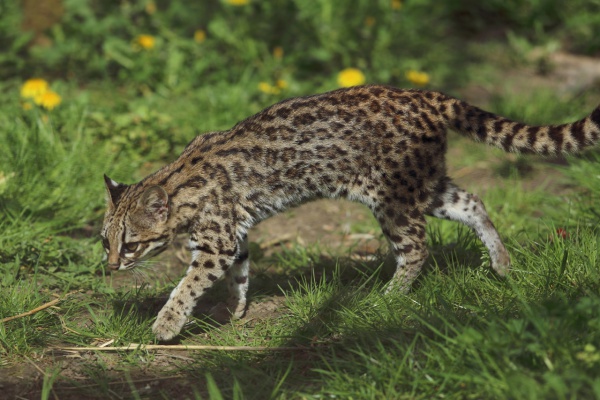Facts About Little Spotted Cat
The oncilla, also known as the northern tiger cat, little spotted cat, and tigrillo, is a small, spotted feline found from Central America to central Brazil. Unfortunately, it is classified as Vulnerable on the IUCN Red List, primarily due to deforestation and agricultural expansion. In 2013, scientists proposed a new species, *Leopardus guttulus*, for populations in southern Brazil and Cuyoaco, distinguishing it from *Leopardus tigrinus* in northeast Brazil.
Oncillas have a slender body, fur adorned with rosettes, and a short jaw. They primarily hunt small mammals, lizards, birds, and invertebrates. While they are generally nocturnal, some individuals can be active during the day depending on their habitat. In terms of reproduction, female oncillas give birth to 1-3 kittens after a 74-76 day gestation period, and it takes time before these kittens begin eating solid food.
These cats are found from Costa Rica to the Amazon basin and central Brazil, with various subspecies recognized over time. Conservation efforts are crucial due to ongoing threats such as habitat destruction and poaching for their pelts. The oncilla is listed under Appendix I of CITES, which prohibits international trade of the species.
Interestingly, oncillas can hybridize with other species such as Geoffroy's cat and the pampas cat. To aid in their conservation, Brazil has implemented in situ management programs and established breeding facilities. Additionally, oncillas are kept in captivity in North America, Europe, and South America, although they face challenges such as high infant mortality rates.

 Brazil
Brazil